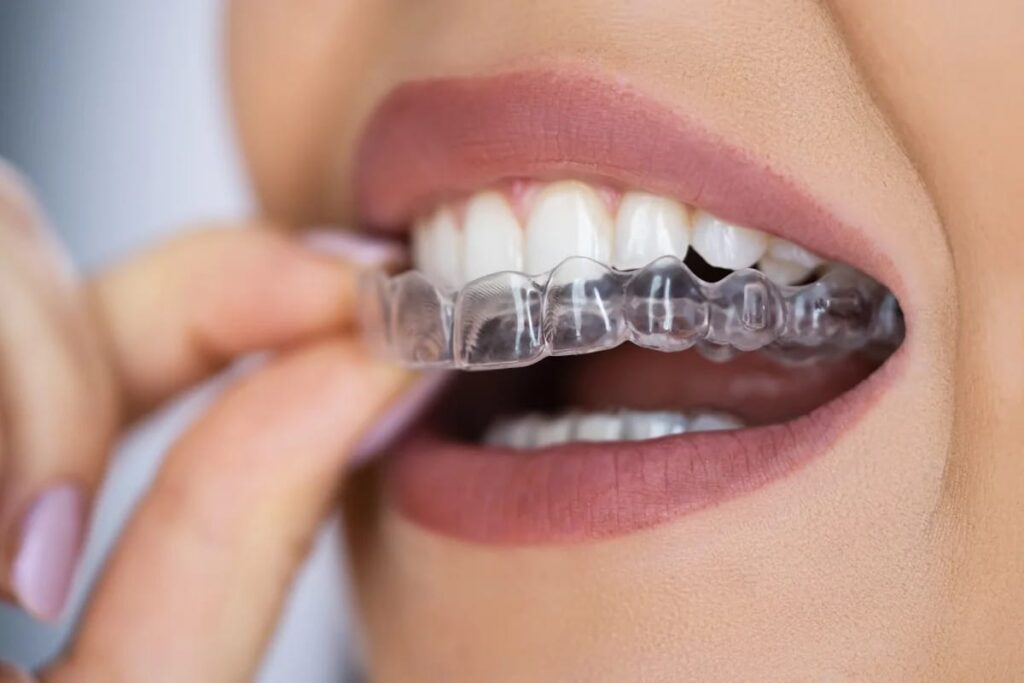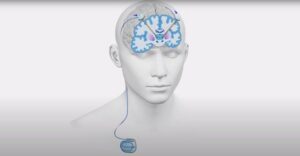Orthodontic Evolution of Today
4 min read
Pioneering a New Era of Smile Transformation Unlocking the Potential of Ten Innovations Reshaping Orthodontic Treatment
Advancements in Technology
Orthodontics is witnessing a transformative wave propelled by cutting-edge technology. Thus, the integration of 3D printing, computer-aided design (CAD), and computer-aided manufacturing (CAM) has revolutionized treatment precision. As a result, customized treatment plans and accurate fabrication of braces and aligners allow patient outcomes to reach new heights through orthodontic treatments.
- Intraoral scanners and digital impressions are streamlining the process of obtaining precise dental models, eliminating discomfort and inaccuracies associated with traditional impressions.
- CAD/CAM technology ensures optimal functionality and fit of custom orthodontic appliances, leading to reduced treatment times and enhanced patient comfort.
Invisible Aligners
The advent of invisible aligners has shifted the paradigm of orthodontic treatment. Consequently, it offers patients a discreet and convenient alternative to conventional braces. Crafted with advanced digital imaging technology, these clear aligners provide precise tooth movement without the visibility and discomfort of metal braces. Accordingly, it caters to the aesthetic preferences of patients.
- Clear aligners offer a discreet orthodontic solution, allowing patients to undergo treatment without feeling self-conscious about their appearance.
- Removable aligners promote optimal oral hygiene practices, reducing the risk of dental issues and enhancing treatment compliance.
Accelerated Orthodontics
Accelerated orthodontics techniques are revolutionizing treatment timelines, while offering patients the opportunity to expedite their journey to a straighter smile. High-frequency vibration devices and micro-osteoperforations stimulate bone remodeling and hasten tooth movement, providing faster and more efficient ortho correction.
- High-frequency vibration devices can significantly reduce treatment time by enhancing the biological response to tooth movement, offering expedited results.
- Micro-osteoperforations accelerate tooth movement by stimulating an inflammatory response, facilitating quicker ortho correction.
Orthodontic Smart Braces and Aligners
The incorporation of smart technology into orthodontic appliances is ushering in a new era of personalized treatment. Smart braces and aligners equipped with sensors and tracking devices enable real-time monitoring of treatment progress, empowering both patients and orthodontists with valuable insights.
- Smart braces and aligners facilitate patient engagement by allowing them to track their treatment progress via smartphone apps, fostering a sense of ownership in their orthodontic journey.
- Orthodontists can remotely monitor patients’ treatment progress and intervene promptly if necessary, ensuring optimal treatment outcomes and patient satisfaction.
Customization and Personalization of Orthodontic Services
Ortho treatment is undergoing a paradigm shift towards customization and personalization, catering to the individual needs of each patient. Advanced digital scanning and modeling technologies enable the creation of custom-designed braces and aligners, optimizing treatment precision and patient comfort.
- Custom-designed orthodontic appliances provide a tailored fit, minimizing discomfort and enhancing treatment efficacy.
- Data-driven treatment planning algorithms analyze various factors to devise personalized treatment plans, ensuring optimal outcomes for each patient.
Remote Monitoring
Remote monitoring technologies are transforming the orthodontic landscape, offering patients greater convenience and accessibility to care. Through digital imaging and smartphone apps, patients can capture images of their teeth and receive timely feedback from their orthodontists, leading to more efficient treatment.
- Remote monitoring technologies reduce the need for frequent in-person appointments, offering patients greater flexibility and convenience.
- Patients in rural or underserved areas can access orthodontic care more easily through remote monitoring technologies, improving overall treatment accessibility.
Biocompatible Materials
Orthodontics is embracing sustainability and biocompatibility through the exploration of alternative materials. Bioplastics and biodegradable polymers offer eco-friendly alternatives to traditional orthodontic materials, reducing environmental impact and ensuring patient safety.
- Biodegradable orthodontic materials contribute to a more sustainable orthodontic practice, minimizing environmental footprint.
- Biocompatible materials reduce the risk of adverse reactions in patients, promoting a safer and more comfortable treatment experience.
Orthodontics for All Ages
Ortho treatment is no longer confined to adolescents, as adults increasingly seek orthodontic care to enhance both function and aesthetics. Clear aligners and lingual braces provide discreet treatment options for adults, addressing cosmetic and functional concerns effectively.
- Clear aligners and lingual braces offer adults a discreet orthodontic solution, allowing them to undergo treatment without disrupting their daily lives.
- Ortho treatment can improve oral health and function in adults by addressing bite alignment issues and reducing the risk of dental issues.
Interdisciplinary Collaboration
Orthodontic treatment often involves collaboration with other dental specialists to achieve comprehensive results. However, interdisciplinary teamwork allows for a holistic approach to patient care, addressing underlying dental and skeletal issues effectively.
- Collaborating with other dental specialists enables orthodontists to address complex cases more comprehensively, thus ensuring optimal treatment outcomes for patients.
- Interdisciplinary collaboration fosters communication and coordination among healthcare providers, promoting seamless and integrated patient care.
Patient Education and Empowerment
Patients are becoming active participants in their orthodontic journey. As a result, they are empowered by access to information and involvement in decision-making. Thus, orthodontists are leveraging patient education resources to engage patients and promote treatment adherence.
- Providing patients with educational resources fosters informed decision-making. Moreover, encourages treatment compliance, leading to improved outcomes.
- Involving patients in the decision-making process promotes a sense of ownership and accountability. Thereby, empowering them to take control of their oral health journey.






